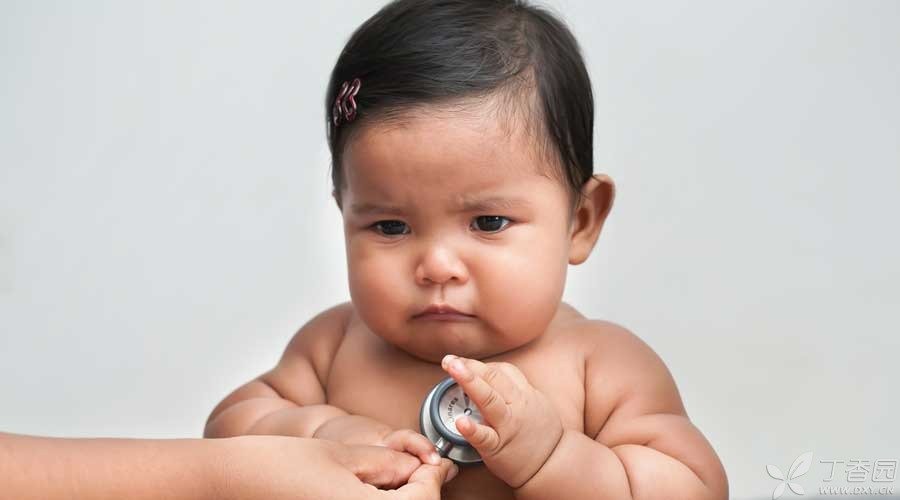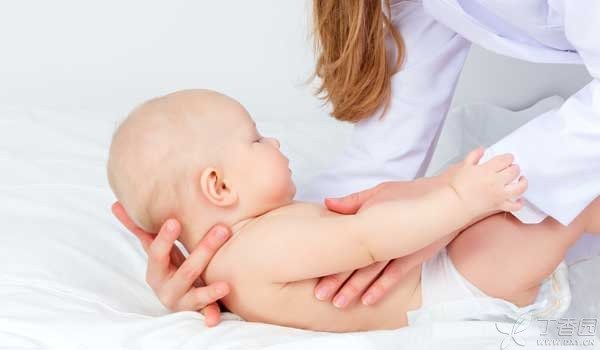
Inguinal hernia in children is very common in pediatric surgery, with an incidence rate of 0.8 ~ 4.4%. Boys are more likely to occur than girls, especially premature infants, with an incidence rate of 30%.
If it is not treated in time, it may lead to hernia incarceration or intestinal perforation. In serious cases, it may lead to dysplasia of one testis or ovary, cause permanent dysfunction and affect the function of reproductive system.
Is infantile inguinal hernia what?
Inguinal hernia in children is the most common disease in general surgery in children. It is mainly because after some children are born, there are weak parts where the groin is not closed well, resulting in the small intestine, omentum, ovary, fallopian tube, etc. in the abdominal cavity leaving their original positions and protruding from the groin, which becomes hernia.
Children with inguinal hernia, most of the time, can be observed in the thigh root, that is, the groin position protrusion, especially when the child’s abdominal pressure increases, such as crying, defecation, etc., protrusion will be more obvious. However, there are also times when protrusion is not obvious or even invisible.
Therefore, parents should pay attention to observation, and it is best to take a photo when the protrusion is obvious, so that when taking the child to see a doctor, it can help the doctor to make a better diagnosis of the child’s condition.

If you don’t treat how in time?
If inguinal hernia in children is not treated in time, there will be the following risks:
Children will suffer from abdominal pain, abdominal distension, vomiting and other symptoms. Organs such as small intestine and omentum that leave their original positions cannot be restored to their original positions in time, resulting in insufficient blood supply and affecting their functions. This condition is called hernia incarceration. Serious intestinal ischemia and necrosis, intestinal perforation, acute peritonitis, etc. may occur, endangering life. The boy’s inguinal hernia may enter the scrotum, compress the testis, cause insufficient blood supply to the ipsilateral testis, and affect the development and function of the testis. For girls, if the ovary or fallopian tube leaves the abdominal cavity, it may lead to ischemic necrosis of the ovary or fallopian tube.
The necessity of surgery
The probability of self-healing of inguinal hernia in children is very low, only 1%, far lower than the probability of complications of 28%. Therefore, surgery should be carried out as soon as possible, with the following significance:
Prevention of hernia incarceration: According to clinical experience, Dr. Jacob, Director of Surgery at Toronto Hospital, found that Compared with children who were observed for 30 days after suffering from hernia, Children who undergo surgery within two weeks of finding hernia will have a half less chance of hernia incarceration. Prevent hernia on the other side: The occurrence rate of bilateral hernia reaches 10%. In addition to the operation to treat the hernia that has occurred, the doctor can also check the possibility of hernia on the other side and repair it in time. Prevent recurrence: the doctor will also check other factors that may lead to hernia, such as the testis that has not dropped, to avoid hernia recurrence.
With the popularization of laparoscopic surgery, surgeons can use this minimally invasive surgical method to treat pediatric hernia. This operation has the characteristics of less trauma and short recovery time.
Risk of inguinal hernia surgery
Inguinal hernia surgery techniques are relatively mature, and if doctors have rich experience and receive routine training, the possibility of complications is relatively small. However, parents still need to understand the possible risks:
Temporary swelling of the operation site, especially when the hernia repair area is relatively large, will disappear with the recovery of the child. Wound infection; Vascular injury at the operation site; Recurrence of hernia.
Children without complications after surgery can usually be discharged from hospital on the day of surgery, but parents need to take their children back to the clinic one week after surgery.
Responsible Editor: Zhang Jingyuan
